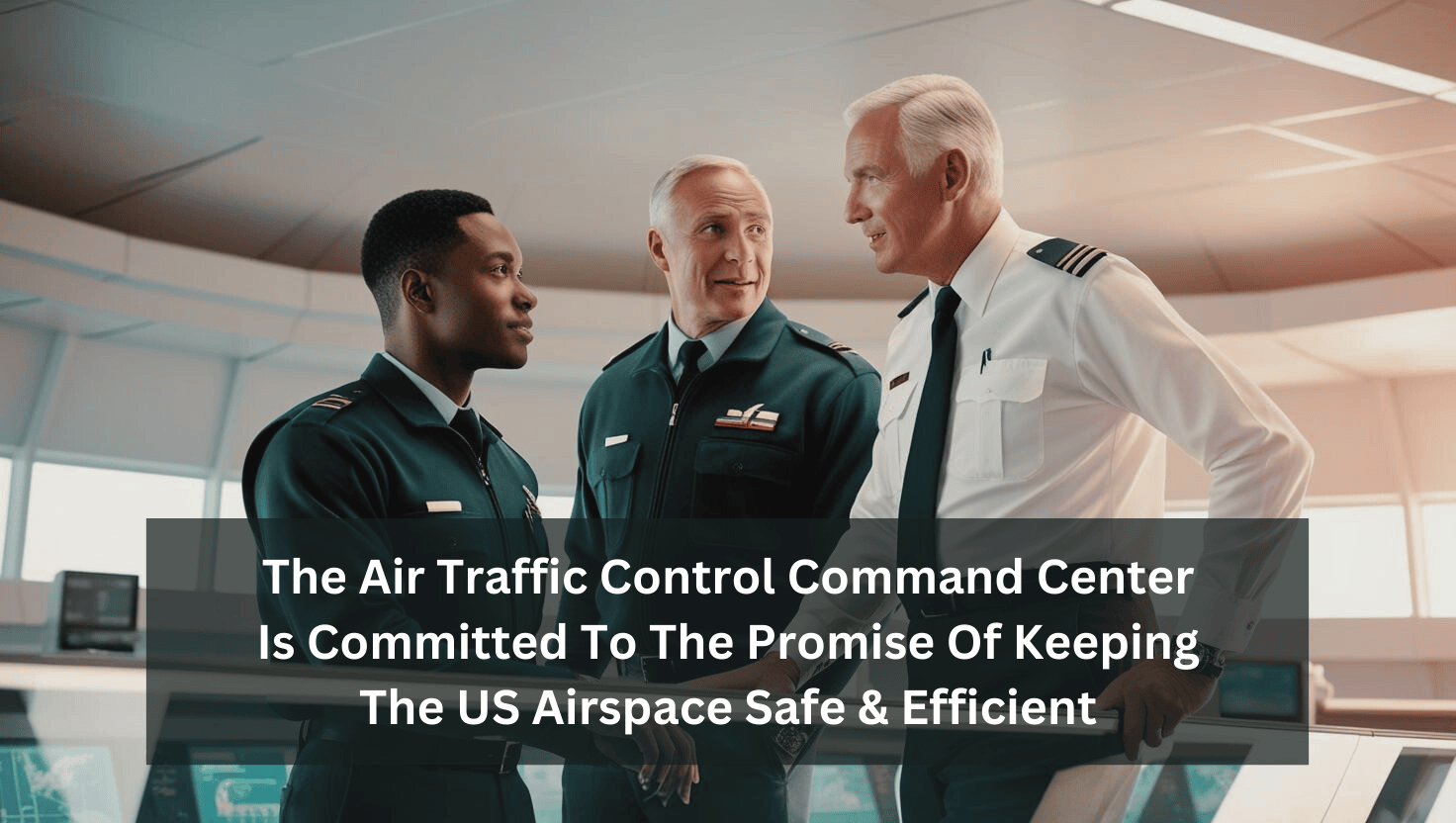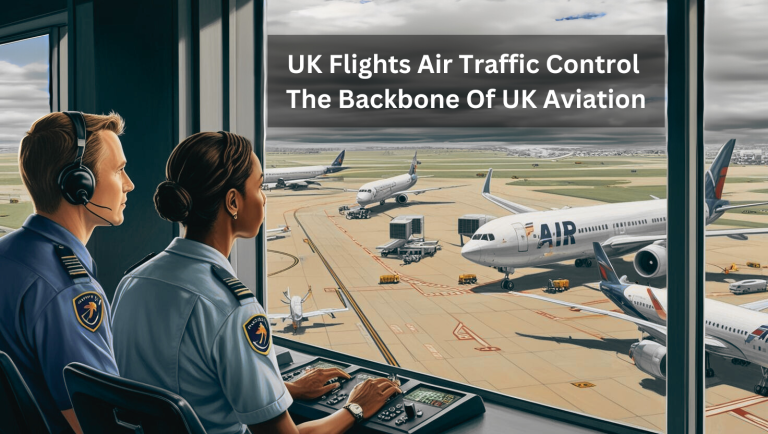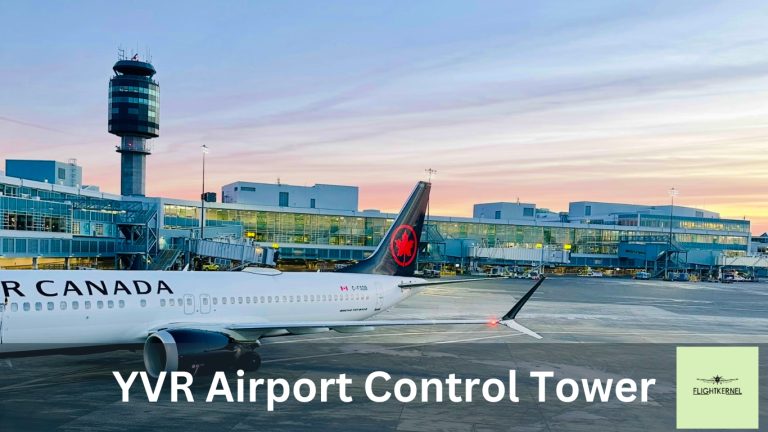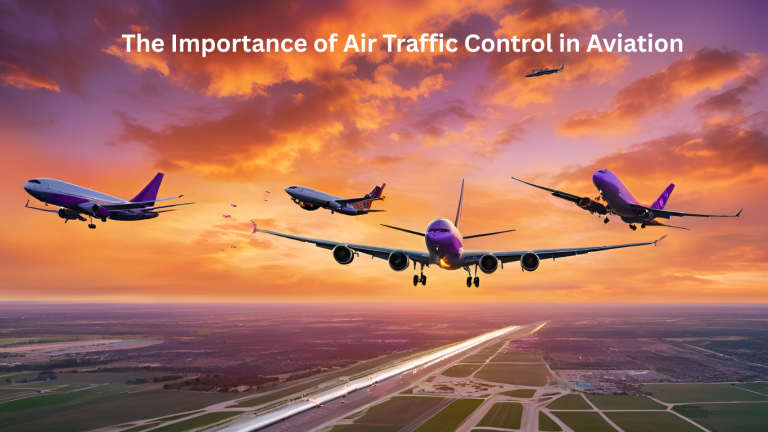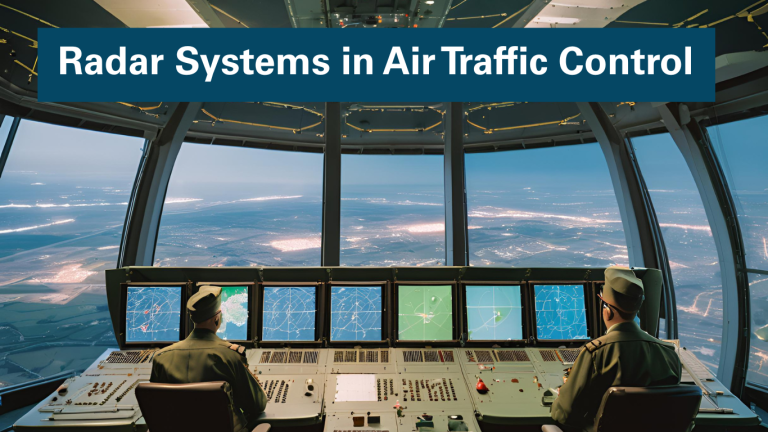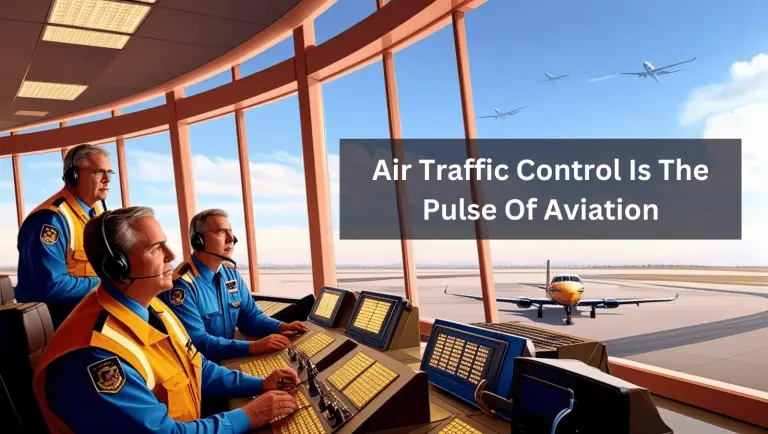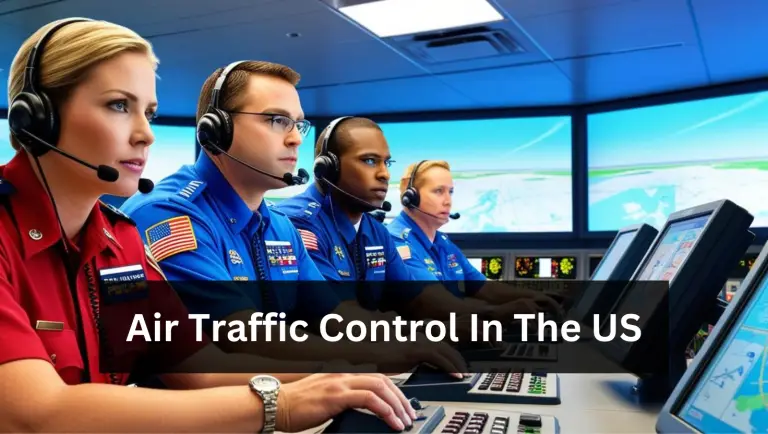Decode Air Traffic Control Command Center From Control Tower
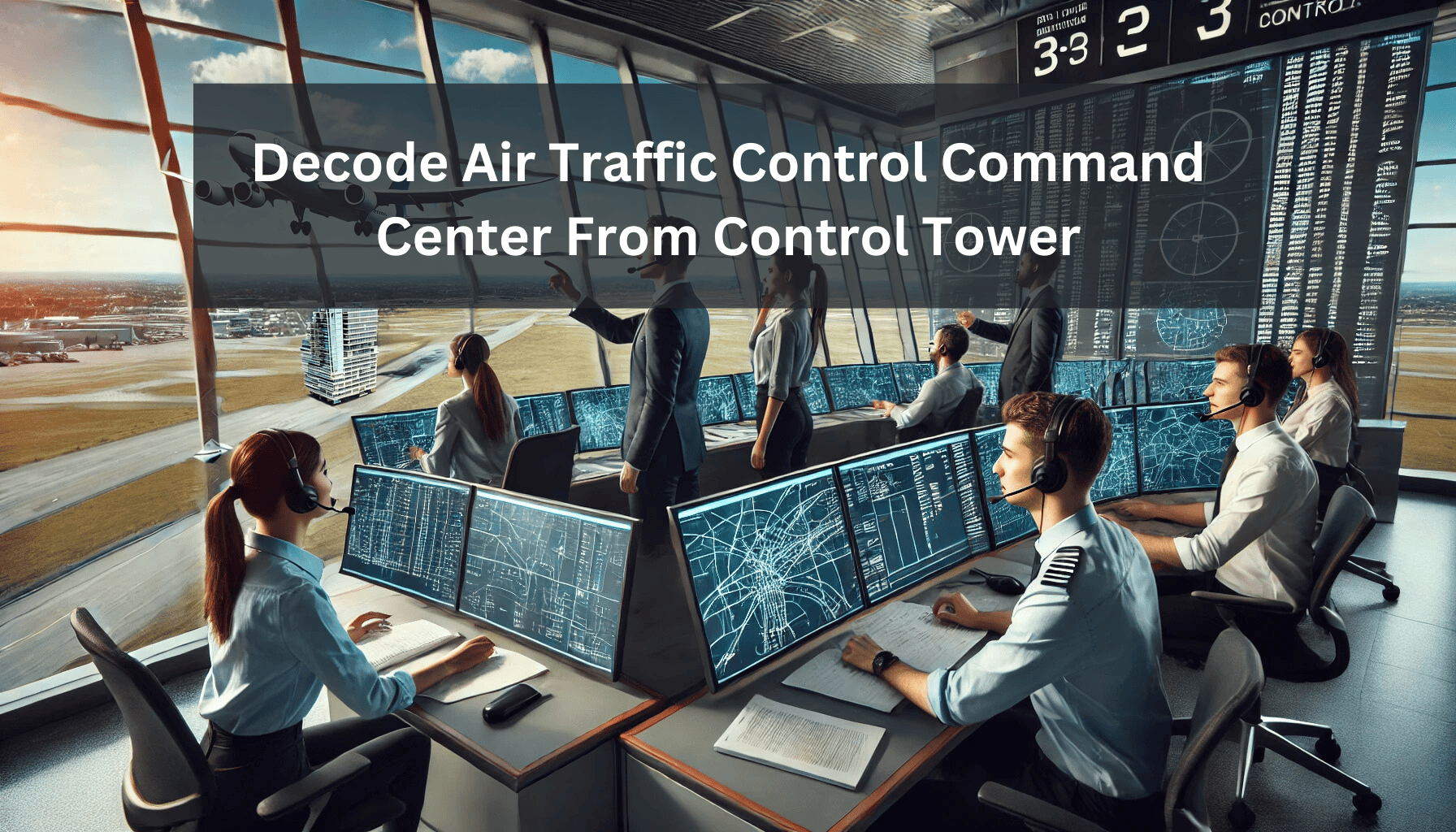
An air traffic controller’s job is crucial. Every decision they make can either lead to a smooth flight or a possible disaster. However, they are not working in this high-pressure environment by themselves. The FAA’s (Federal Aviation Administration) Air Traffic Control System Command Center (ATCSCC) is guiding them from their behind. So, in this article let’s explore how air traffic control command center serves as the nerve center for the whole national airspace system.
Air traffic control command center is the heart of aviation
Before we get into the details of the air traffic control system command center atcscc, let’s talk about what air traffic control is. Air traffic control is the unseen force behind air travel in any country. Without this unit no one can safely travel through any airspace. And guaranteeing safety of the pilots, passengers, and crew is not the only job they do. They manage air traffic flow and every other air traffic control related process inside the airport. Actually, even aircrafts can’t take off or land on time without the help of air traffic controllers. They bring in efficiency to the board.
And the FAA’s air traffic control system command center takes this job to a national level. They are not just focusing on individual flights or airports; they look after the entire airspace of the United States. What is the air traffic control system command center location? It is located in Warrenton, Virginia. Where is the FAA ATC headquarters? It is in Washington, D.C.
What does the air traffic control system command center do?
So, what role does the center play in the air traffic control system? The air traffic control command center works with different groups to handle airspace constraints. Here, many professionals from major air traffic facilities, airlines, and aviation organizations meet during planning teleconferences and make major decisions related to air traffic control and other matters. In these meetings, they discuss how to lessen disruptions to air travel, such as severe weather, space launches, military operations, VIP movements, and staffing issues.
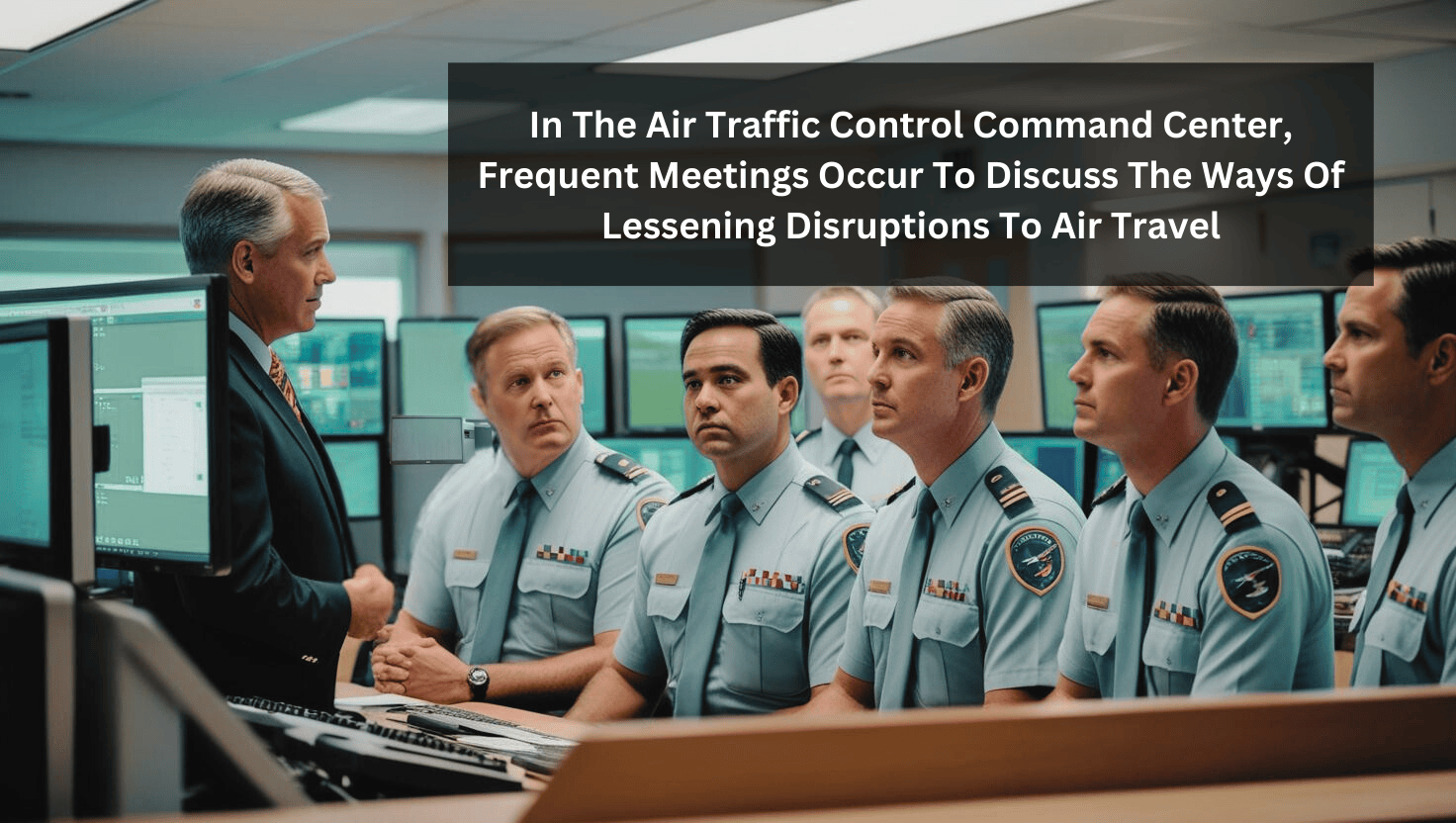
Experts from Air Route Traffic Control Centers (ARTCCs), Air Traffic Control Towers (ATCTs), Terminal Radar Approach Control Facilities (TRACONs), and aviation industry partners get involved in air traffic control system command center atcscc decision making processes. They use traffic management initiatives (TMIs) to manage air traffic flow efficiently and reduce delays. Some of these initiatives are airborne metering, miles-in-trail procedures, reroutes, ground delay programs, ground stops, and airspace flow programs.
Also, the ATCSCC is home to the Space Data Integrator (SDI). It tracks commercial launch and reentry operations and makes airspace management decisions related to aircraft routes and schedules during these operations. How many air traffic control centers are there? There are twenty two air route traffic control centers in the USA.
Air traffic control communication
Communication is very important to air traffic controllers. They should always use clear, on point, and standard language when the passengers’ lives are on the line. So, they have a special language between them and pilots to avoid misunderstandings and dangerous situations that would come along.
Air traffic control commands
What are ATC commands? Air traffic controllers and pilots use these standard phrases to share specific instructions or information. For example, when a controller uses the command ‘climb and maintain 10,000 feet’, that controller is trying to tell a pilot to go up to a certain altitude.
ATC code words and phraseology
What are the ATC code words? Beside the standard commands, air traffic controllers and pilots use various code words and phrases to communicate efficiently. These code words are also called phraseology. They are used to give info about certain situations or instructions. For example, ‘Roger’ means I have received all of your last transmission. ‘Wilco’ means I will comply with your instructions. What is an example of ATC phraseology? Here is one.
Controller: Delta 1234, turn right heading 270, descend and maintain 5000 feet.
Pilot: Roger, turning right heading 270, descending to 5000 feet, Delta 1234.
Air traffic control commands list
Now let’s look at air traffic control commands list controllers and pilots frequent during the flights.
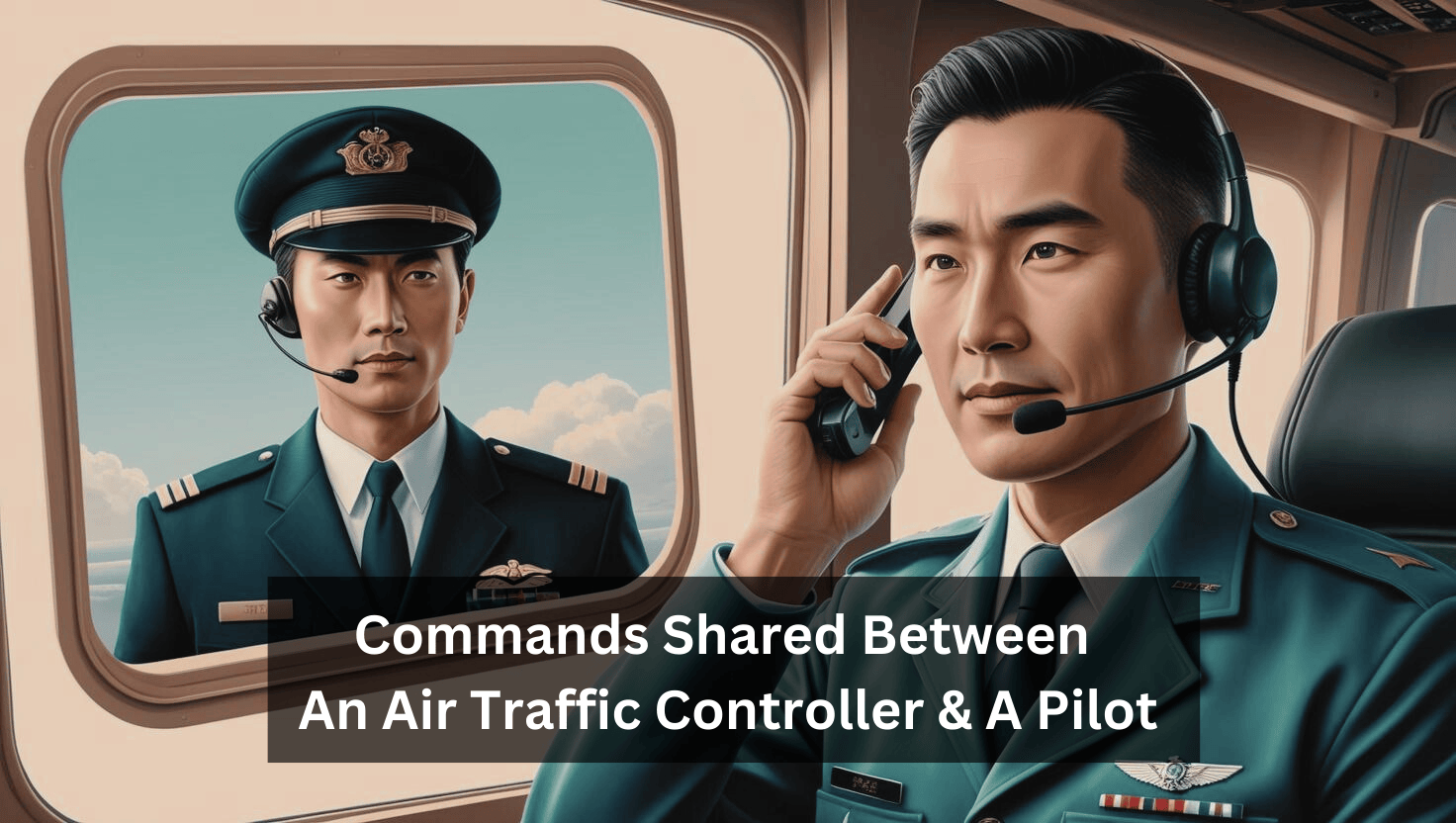
ACKNOWLEDGE – ATC means,” Tell me that you got this message.” They use this command to make sure that the pilot has received and understood an instruction or information.
READ BACK – ATC means: “Say my message back to me to make sure you understood.” They use this command to confirm the pilot has understood a message correctly.
SAY AGAIN – Pilot or ATC means: “Please say your last message again.” They use this command when they do not understand or hear a message clearly.
SPEAK SLOWER – Pilot or ATC means: “Please talk slower.” They use this command to improve understanding. They commonly use it in complex or noisy radio environments.
AFFIRMATIVE – Pilot or ATC means: “Yes, that’s right.” They use this command to agree with a statement or instruction.
NEGATIVE – Pilot or ATC means: “No, that’s not right.” They use this command to disagree with a statement or refuse a request or instruction.
STAND BY – ATC means: “Wait for a moment, I’ll get back to you soon.” They use this command when the controller or pilot needs to pause for a few seconds. They pause because they have to work on other higher priority duties at the moment. It also means to wait for more instructions or information.
VERIFY – ATC asks: “Can you confirm this specific information?” They use this command when ATC needs to make sure that specific information is correct.
SQUAWK (Mode, Code, Function) – ATC means: “Set your transponder to this specific mode or code.” They use this command to set the aircraft’s transponder to a specific setting so that it can be identified on radar.
IDENT – ATC asks: “Turn on your transponder’s identification feature now.” They use this command to help ATC identify a specific aircraft on radar.
RADAR CONTACT – ATC means: “Your aircraft is identified on my radar screen.” They use this command when ATC has positively identified the aircraft on radar.
HOW DO YOU HEAR ME? – Pilot or ATC asks: “Can you hear my radio transmission clearly?” They use this command to check radio communication quality.
HAVE NUMBERS – Pilot means: “I’ve received the runway, wind, and altimeter information.” They use this command when the pilot has received and understood the basic flight data.
LINE UP AND WAIT – ATC means: “Position your aircraft on the runway and wait for more instructions.” They use this command when the aircraft is cleared to enter the runway but must wait before taking off.
CLEARED FOR TAKEOFF – ATC means: “You are cleared to start your takeoff.” This is the final instruction ATC gives pilots before they let the aircraft take off.
EXPEDITE – ATC means: “Please act quickly to follow this instruction.” They use this command when quick action is needed.
MAINTAIN – ATC means: “Keep your current altitude or speed.” They use this command to keep the aircraft at a specific altitude or speed for a certain period.
FLY HEADING (Degrees) – ATC means: “Turn to this compass direction and keep it.” They use this command to guide the aircraft along a specific compass heading.
SAY HEADING – ATC asks: “Tell me your current compass heading.” They use this command when ATC needs to know the aircraft’s current direction of flight.
SAY ALTITUDE – ATC asks: “Tell me your current altitude.” They use this command when ATC needs to know the aircraft’s current height above sea level.
TRAFFIC – ATC means: “Be aware of other aircraft near you.” They use this command to inform pilots about other nearby aircraft.
NEGATIVE CONTACT – Pilot means: “I don’t see the traffic you mentioned.” They use this command when the pilot cannot see the other aircraft that ATC has pointed out.
TRAFFIC IN SIGHT – Pilot means: “I see the traffic you mentioned.” They use this command when the pilot has spotted the other aircraft that ATC has pointed out.
REPORT – ATC means: “Tell me when you reach a specific point.” They use this command when ATC needs to know when the aircraft reaches a certain location.
ABEAM – Pilot or ATC means: “The aircraft is directly abeam of this point.” They use this command to describe the aircraft’s position relative to a specific point.
FUEL REMAINING – Pilot means: “This is how much fuel we have left.” They use this command to inform ATC about the remaining flight time based on current fuel levels.
MINIMUM FUEL – Pilot means: “We have just enough fuel to reach our destination with little to no reserve.” They use this command to inform ATC that any undue delay could cause a fuel emergency.
MAYDAY – Pilot means: “We are in immediate, grave danger and need help.” They use this command in grave and imminent danger situations. Pilots use it to say that they need immediate assistance.
CLEARED FOR THE OPTION – ATC means: “You may choose your landing maneuver at your discretion.” They use this command during training to let the pilot choose landing maneuver type.
MAKE SHORT APPROACH – ATC means: “Reduce the distance of your final approach.” They use this command to inform the pilot to speed up the landing by reducing the final approach distance.
CLEARED TO LAND – ATC means: “You are cleared to land on the designated runway.” This is the final clearance before the aircraft is allowed to land.
GO AROUND – ATC means: “Abort your landing and make another approach.” They use this command when the aircraft cannot land safely and must make another approach.
CLOSED TRAFFIC – ATC means: “You may perform multiple takeoffs and landings within the traffic pattern.” They use this command during training to let pilots take multiple takeoffs and landings.
UNABLE – Pilot or ATC means: “I’m unable to follow that instruction.” They use this command when the pilot or ATC cannot comply with a specific instruction.
BLOCKED – ATC means: “Your last radio message was cut off and not fully heard.” They use this command when a radio message is cut off or interrupted.
THAT IS CORRECT – ATC or Pilot means: “What you understand or the information you have is right.” They use this command to confirm that information or understanding is right.
IMMEDIATELY – ATC means: “Follow this instruction right now.” They use this command when either the controller or pilot need to take an immediate action.
RADAR SERVICE TERMINATED – ATC means: “We have stopped giving radar services for your flight.” ATC uses this command when they do not give radar services anymore.
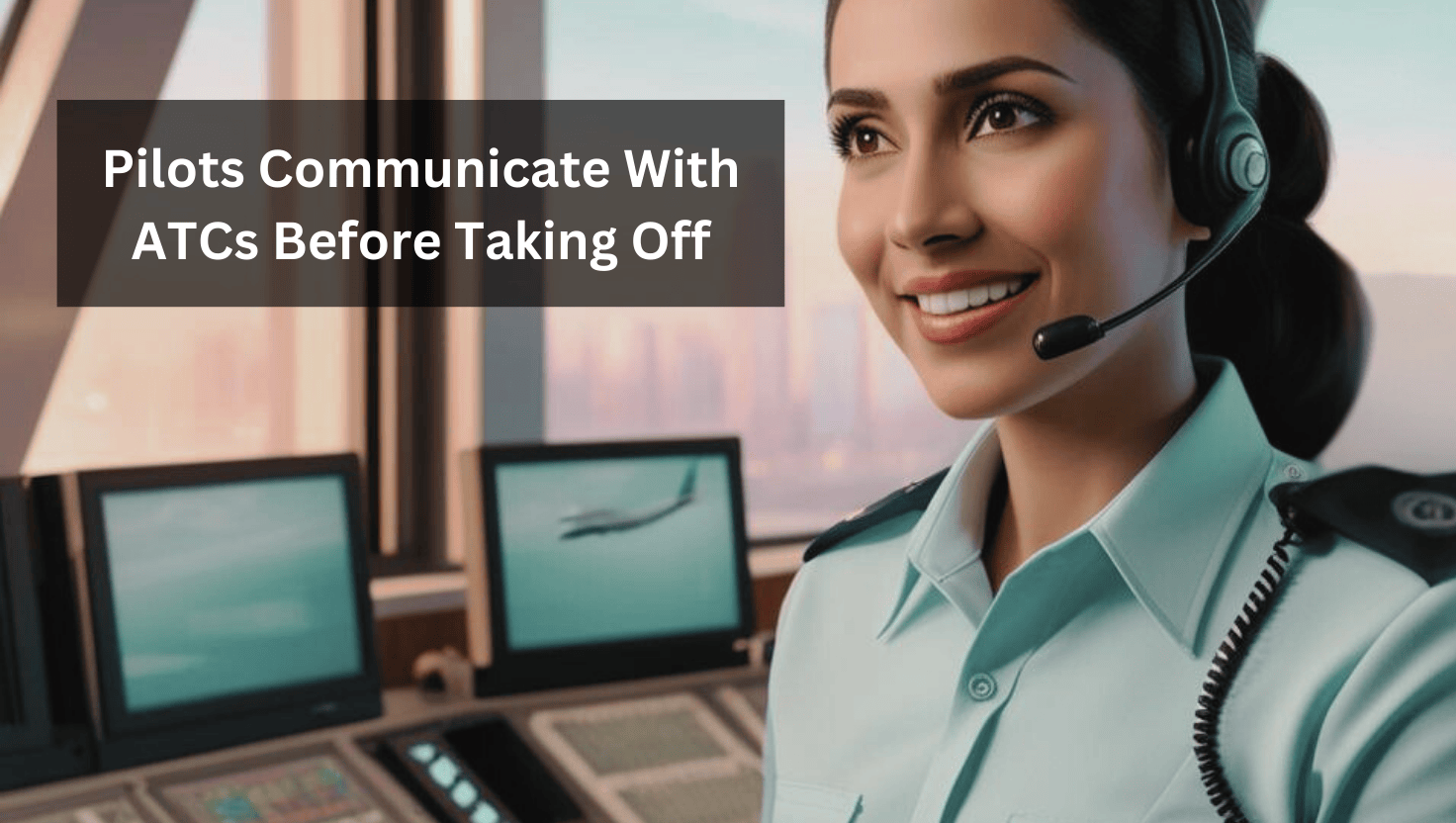
What do pilots say to ATC before taking off?
Pilots talk to air traffic control before taking off to make sure the departure is safe and efficient. At that moment they,
- Request clearance for departure – Pilots get clearance from ATC before moving onto the runway to make sure there are no conflicting aircraft or obstructions in their path.
- Report ready for departure – Once pilots get their clearance for takeoff, they tell ATC that they are ready to depart. This could sound like, Tower, [Aircraft call sign], ready for departure at runway [number], departing [direction or flight plan].
- Confirm runway readiness – Pilots confirm that they are ready and in position on the runway. They might say, Tower, [Aircraft call sign], ready for takeoff, runway [number].
- Advise ATC of any delays – Pilot tells ATC if there are any delays or issues.
- Request amendments or changes – If there are any changes to the flight plan or if the pilot has any requests, they tell this to ATC.
What is the 7500 squawk code?
This is an emergency code. Why do pilots use this code? They use it to alert authorities when someone hijacks their aircraft or when there is unlawful interference in the aircraft. Pilots enter the code quietly into their transponder without alerting the people. Once the code is received, ATC and other security services respond by escorting the aircraft with military forces. Pilots should only use the code for real reasons, and they should keep using it until they are told to stop or land.
Conclusion
The air traffic control command center is the center of aviation safety in the United States. Without it we cannot imagine how to coordinate the complicated aircraft movements across our skies and guide local air traffic controllers on their path. We discussed in this article how their task list varies from handling daily traffic flows to dealing with unexpected challenges. All these ATCSCC professionals have one goal in their mind. It is to keep our airspace safe and efficient.
